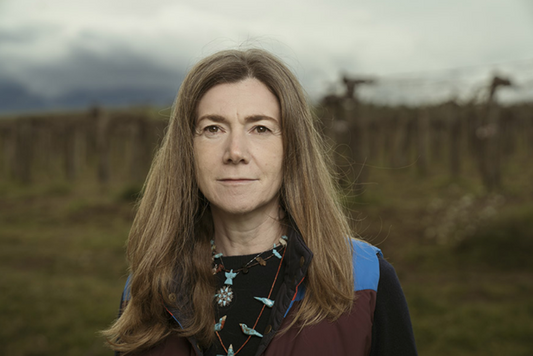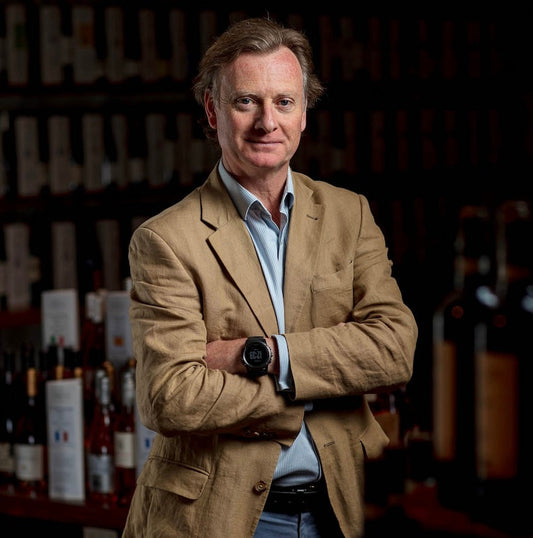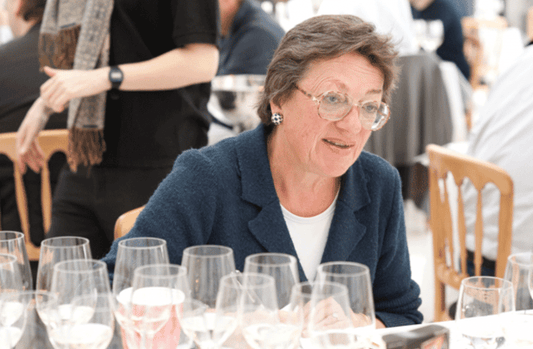| Without a vested interest in Canada, one may not realize the extent to which the wine industry has exploded in the last 40 years. A common yet antiquated belief that Canada is most known for ice wine is quickly slipping away, as compelling examples of various styles take hold of the market. Although Canada has recently emerged as a region to watch on the global stage, even its own consumers are generally unaware of the calibre of wine coming from their own backyard. Control boards rooted in protectionism and retribution dating back to the early 1900s have made it near impossible for enthusiasts to sample the bounty Ontario, British Columbia, Nova Scotia and Quebec have become known for. The bulk of consumption happens locally, despite a keen interest for tasting wines from neighbouring provinces. Winemaking in Canada dates as far back as the 1600s in Nova Scotia, with plantings of hybrids and Vitis labrusca (the ‘fox grape’) dominating, over concerns over the hardiness of the conventional wine vine, Vitis vinifera. Other regions began burgeoning closer to the late 1800s, with the first commercial winery opening in 1866 on Pelee Island, located on the western half of Lake Erie, known for being the most southerly inhabited and warmest locale in Canada. Considered a cool climate growing region, Canada is now home to a large contingent of vinifera varieties many of which were planted in the early 1970s: Pinot Gris, Riesling, Chardonnay, Pinot Noir, Gamay, Cabernet Franc, Merlot, Syrah and Cabernet Sauvignon. Commonly found hybrids include Marechal Foch, Seyval Blanc, Marquette and Vidal. The Okanagan Valley yields the largest output of wine in British Columbia, and is responsible for 80 percent of the province’s production. The valley is the northernmost extension of the province’s semi-arid steppe plateau with a large diurnal temperature range. Noteworthy producer Lightning Rock, a 45km drive from the valley’s epicentre, Kelowna, is setting the benchmark for traditional method sparkling wine – the family-owned operation here focuses on organically farmed Pinot Noir and Chardonnay. The bulk of Ontario’s wine production comes from Niagara-on-the-Lake. The moderating effects of both the Erie and Ontario lakes temper the otherwise cool climate of the region. Niagara boasts a high percentage of limestone in many pockets, resulting in distinctive examples of Chardonnay and Pinot Noir, two varieties the region has become famous for. Bachelder Niagara is regarded as a champion of Ontario wine, for producing outstanding examples of Pinot Noir, Chardonnay and Gamay. The operation, based out of Beamsville, is located along the southern shore of Lake Ontario. In Quebec, a chain of hills known as the Montérégians, stretching from Oka in the northwest to Mégantic in the southeast and comprised of intrusive igneous rock, provide south (and other) slopes with unique geology. Noteworthy producers here are Les Pervenches, Domaine du Nival and Pinard et Filles, a group regarded as the ‘holy trinity’ of the province. Despite an incredibly challenging climate (winters can reach –30˚C) all three wineries farm regeneratively, working with a mix of Vitis vinfera and hybrid vines. The majority of wineries in Nova Scotia are located in the Annapolis Valley (which contains the Gaspereau Valley within it), along the Minas Basin. A smattering of producers can also be found on Cape Breton Island – on its northern coast and south shore. Saltwater aerosols (seaspray) from the basin provide necessary moderating effects to the climate, resulting in low sugar levels, mature phenolic ripeness and balanced acidity. Lightfoot & Wolfville is widely lauded as a leader in wine production from the area, mainly for its sparkling wine, which has been described as reminiscent of champagne. Canada’s many regions and its distinctive styles – aromatic whites, sparkling wine and light to medium bodied reds – have captured the attention of sommeliers and enthusiasts worldwide, but until its archaic systems and structures are uprooted, time will tell whether improved distribution and access will become a reality. Laura Milnes is a Toronto-based wine consultant. She operates her company, Crushable (crushable.club), a direct-to-consumer wine club focusing on small, family-owned wineries producing low-intervention wines from up and coming Canadian regions, out of the Ontario capital. When not running her wine club, Laura hosts wine tastings, events and conferences, and also writes freelance for her own blog (www.silkandcoupe.com) and for various publications throughout Canada and the world.
|




